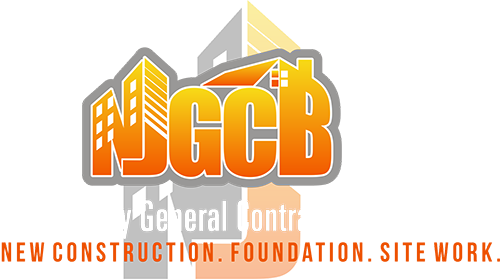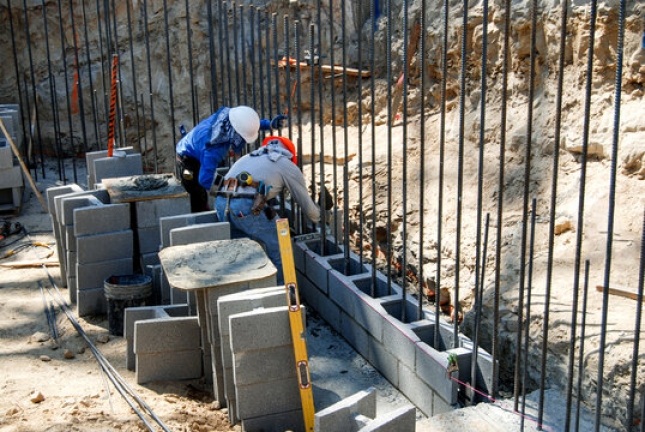Design-Build Firms vs. Builders in Construction
Introduction:
In the realm of construction, the terms “design-build firm” and “builder” are frequently used, but their distinctions are not always clear to everyone. Both play crucial roles in bringing a construction project to life, yet their responsibilities and approaches vary significantly. This blog post aims to shed light on the differences between design-build firms and builders, exploring their unique functions, advantages, and how they contribute to the construction process.
I. The Builder’s Role:
A builder, often referred to as a general contractor, is a professional responsible for executing the construction of a project based on a set of plans and specifications provided by an architect or designer. Builders are typically involved in the construction phase and are responsible for coordinating and overseeing various aspects of the project. Key responsibilities of builders include:
- Construction Management: Builders are experts in managing the day-to-day operations of a construction site. They ensure that the project stays on schedule, within budget, and meets the specified quality standards.
- Subcontractor Coordination: Builders work with a network of subcontractors, including electricians, plumbers, and carpenters, coordinating their efforts to ensure that each aspect of the project is completed efficiently and to the required standards.
- Budgeting and Cost Control: Builders play a crucial role in budgeting and cost control, estimating the costs associated with labor, materials, and subcontractor services. They work to keep the project within the client’s budget constraints.
- Risk Management: Builders are responsible for identifying potential risks during construction and implementing strategies to mitigate them. This includes managing unforeseen challenges that may arise during the building process.
II. The Design-Build Firm’s Role:
A design-build firm, on the other hand, takes on a more comprehensive role in the construction process. Unlike the traditional approach where the design and construction phases are separate, a design-build firm integrates both aspects under one roof. Key responsibilities of design-build firms include:
- Single Point of Contact: One of the primary advantages of a design-build firm is that clients have a single point of contact for both the design and construction phases. This streamlines communication and reduces the potential for misunderstandings.
- Collaborative Design and Construction: Design-build firms promote collaboration between designers and builders from the project’s inception. This collaborative approach allows for real-time problem-solving and adjustments, resulting in a more fluid and efficient process.
- Faster Project Delivery: The integration of design and construction often leads to faster project delivery. Design-build firms can commence construction before the entire design is complete, reducing overall project timelines.
- Cost Savings: Design-build can offer cost savings through value engineering, where the design and construction teams work together to find more efficient and cost-effective solutions without compromising quality.
- Unified Responsibility: With a design-build approach, there is a unified responsibility for the project’s success. Instead of dealing with separate entities for design and construction, clients have a single team accountable for every aspect of the project.
III. Advantages of Choosing a Builder:
- Specialized Expertise: Builders often have specialized knowledge in construction management, ensuring that the project is executed with precision and adherence to industry standards.
- Flexibility in Design Choices: Clients working with builders have the flexibility to engage separate design professionals to create custom designs that suit their preferences.
- Established Relationships: Builders typically have established relationships with subcontractors, enabling them to assemble a skilled team for various construction tasks.
- Traditional Project Delivery: For clients who prefer a more traditional project delivery method, hiring a builder might be the preferred route.
IV. Advantages of Choosing a Design-Build Firm:
- Streamlined Communication: The single-point-of-contact model in design-build firms facilitates efficient communication, reducing the chances of miscommunication between designers and builders.
- Faster Decision-Making: With designers and builders working together from the beginning, decisions can be made more quickly, avoiding delays that can occur in the traditional design-bid-build process.
- Cost and Time Savings: The integrated approach of design-build often results in cost savings and shorter project timelines, making it an attractive option for those with budget and schedule considerations.
- Risk Mitigation: The collaborative nature of design-build allows for early identification and mitigation of potential issues, reducing the likelihood of costly changes during construction.
Conclusion:
In the world of construction, both design-build firms and builders play pivotal roles, each offering unique advantages based on the client’s preferences and project requirements. Builders excel in managing the construction phase with precision and experience, while design-build firms provide an integrated approach, streamlining communication and potentially delivering projects more efficiently. Ultimately, the choice between a design-build firm and a builder depends on factors such as project complexity, client preferences, and the desired level of collaboration throughout the construction process.




Leave a Reply